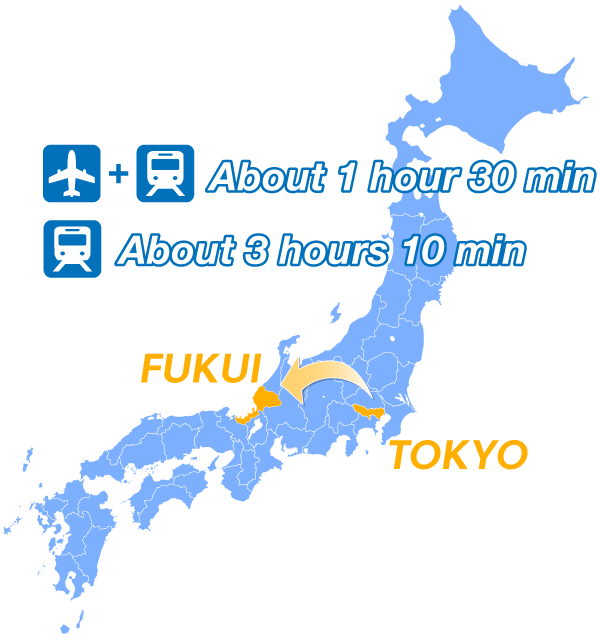PR Produced by The Yomiuri Shimbun Business Bureau
Venturing out of TOKYO to FUKUI
Sponsored by Tokyo Convention & Visitors Bureau
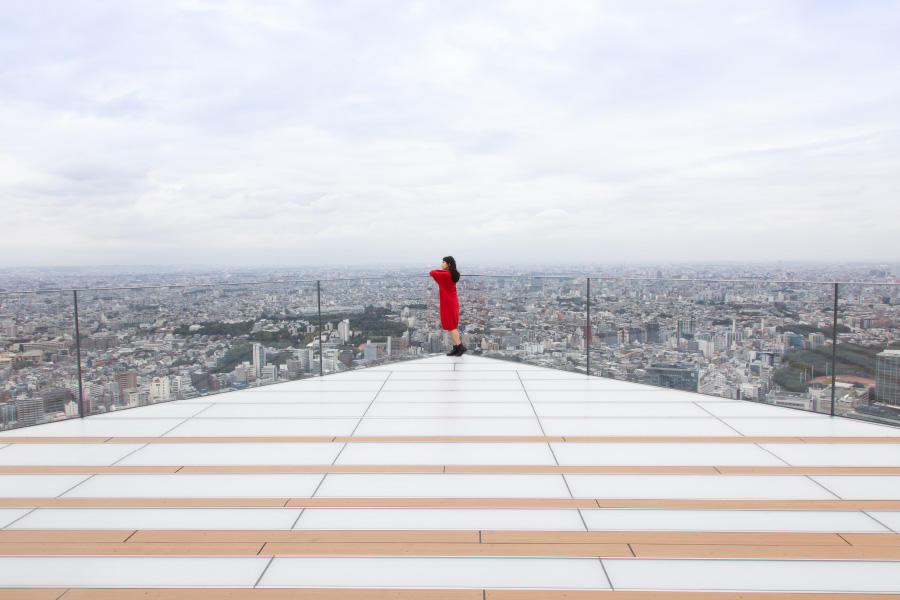
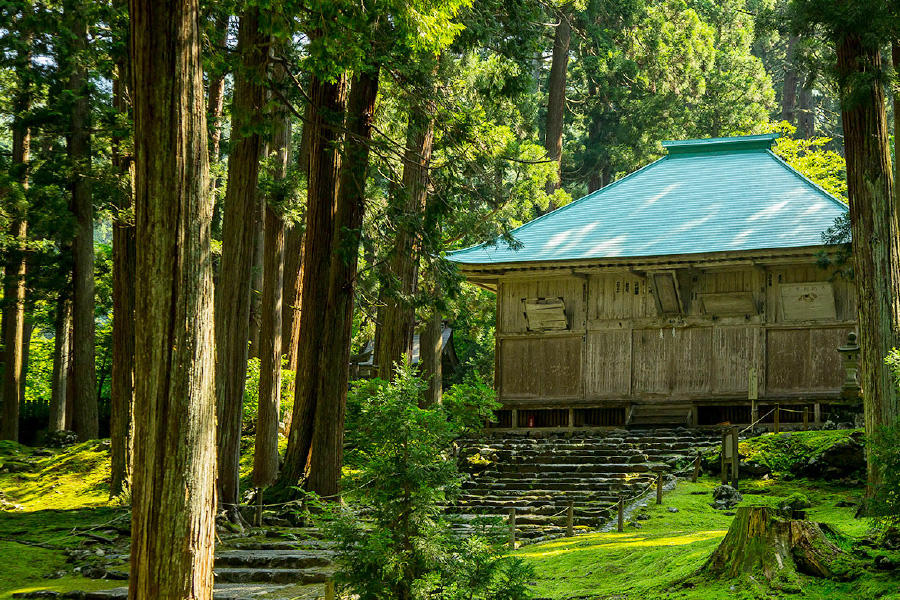
Discover a hidden side of Japan
From Tokyo, a city bustling with metropolitan energy, to Fukui, where a wide range of sightseeing spots await you. After enjoying a spectacular view of the city from SHIBUYA SCRAMBLE SQUARE, a new 47-story landmark directly connected to Shibuya Station, we will head to the Hokuriku region to visit Heisenji Hakusan Shrine in Fukui Prefecture, which faces the Sea of Japan. Awaiting you at the shrine is beautiful moss-covered scenery that looks as if someone has spread a green carpet over it. This journey is one where you can enjoy the contrast between the urban world and nature.
■TOKYO
SHIBUYA SCRAMBLE SQUARE
Overlooking the world-famous Shibuya Scramble Crossing, this building is the tallest landmark in the Shibuya area. The SHIBUYA SKY observation facility consists of SKY GATE, a transition space that runs between the 14th and 45th floors, the indoor observation corridor SKY GALLERY on the 46th floor, and SKY STAGE, a rooftop observation area that offers a variety of performances and activities that make visitors feel at one with the sky. Not only can you enjoy a 360-degree view from 229 meters above the ground, but the facility also stimulates intellectual curiosity and imagination through a series of thrilling experiences.
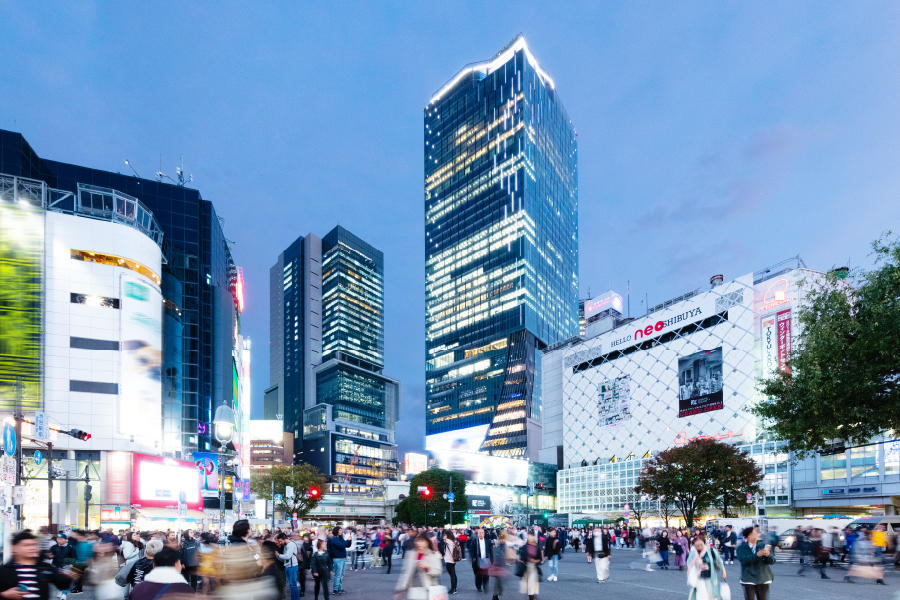
HIBIYA OKUROJI
Located between Yurakucho and Shimbashi stations, this 300-metre commercial space is a renovated under the elevated railway track with over 100 years of history and distinctive brick arches, lined with restaurants and general stores. The name, which combines “Oku” (deep) with “Roji” (alley), conveys the excitement of discovering a hidden place while passing by.
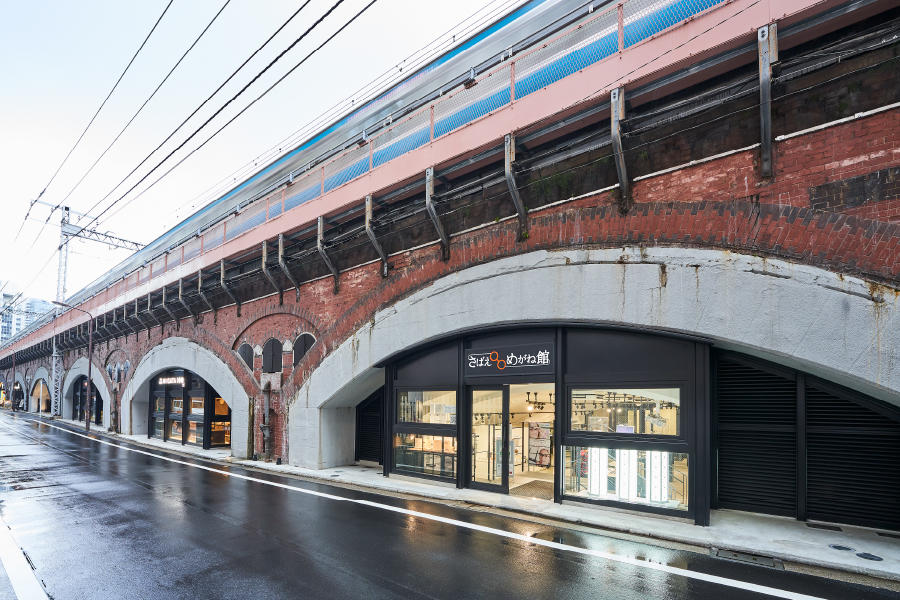
Spo-Dori!
Spo-Dori! is an indoor sports facility located in Tokyo Dome City. Visitors can enjoy a wide range of activities, including bouldering on one of the largest walls in Tokyo, virtually going head-to-head in a batting matchup with professional baseball players, and a virtual driving range that can accommodate up to 12 players. Recommended for those looking to try their hand at sports.
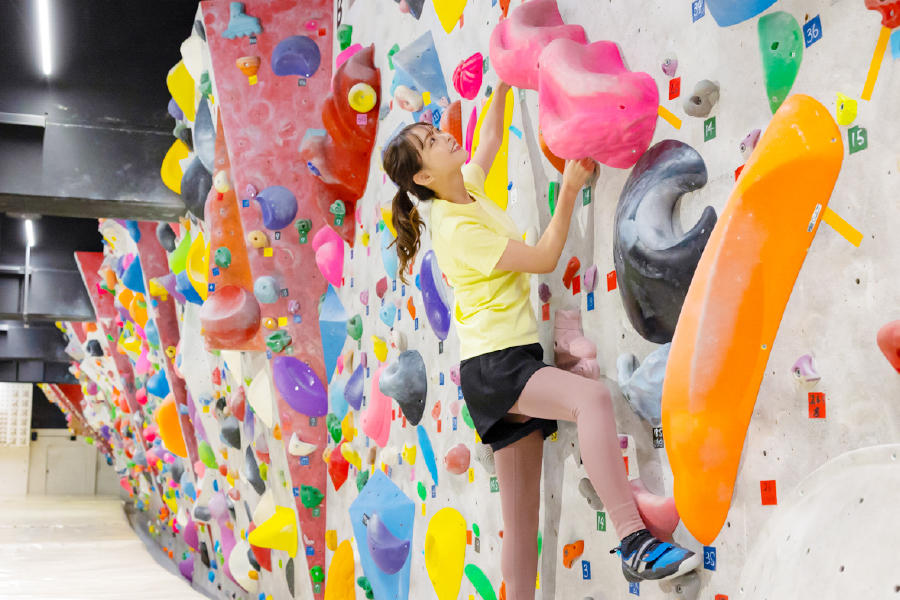
■FUKUI
Heisenji Hakusan Shrine
This shrine was originally founded as a Buddhist temple in 717 on Mt. Hakusan, a sacred mountain that has been an object of worship since ancient times. In the late Heian period (794-1185), it became a branch of Enryakuji Temple on Mt. Hiei, east of Kyoto. At the height of the Warring States period (1467 to 1590), Heisenji was the largest holy settlement in Japan. The temple was later destroyed by fire, and the temple name of “Heisenji” was abolished with the separation of Shinto and Buddhism during the Meiji era (1868-1912). Now known as Hakusan Shrine, its grounds are covered by a beautiful carpet of moss while its pond, Mitarashinoike ― where the goddess appeared guiding the Buddhist monk Taicho, founder of the temple, to Mt. Hakusan ― and the towering cedars of its adjacent shrine, Wakamiya Hachimangu, tell of the bygone era.
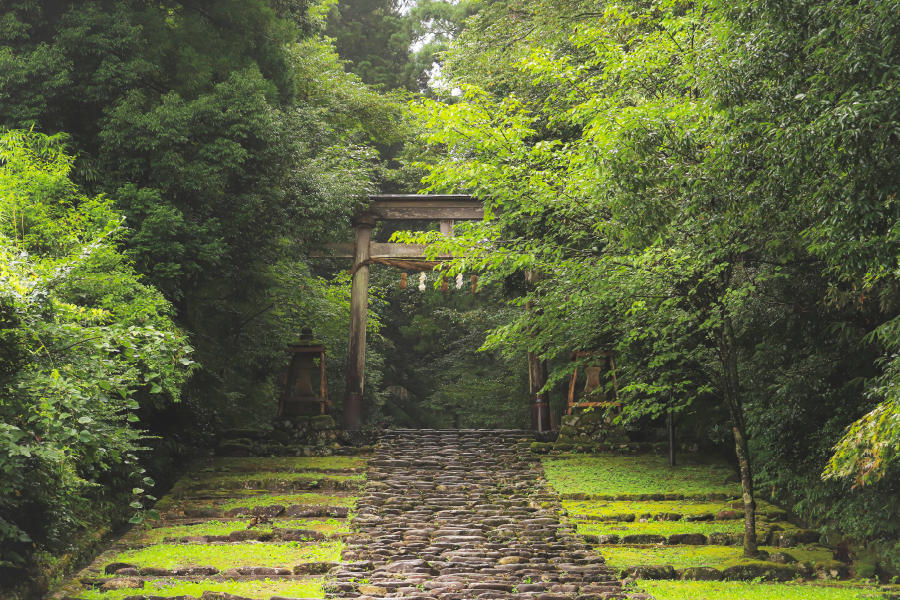
Mikata Five Lakes Rainbow Line
The Mikata Five Lakes are famous for five different and mysterious colors. The summit park overlooking the lakes can be reached via a driving route known as the Rainbow Line, and an additional cable car ride up the mountain takes you to a place that offers views from a stylish café terrace.
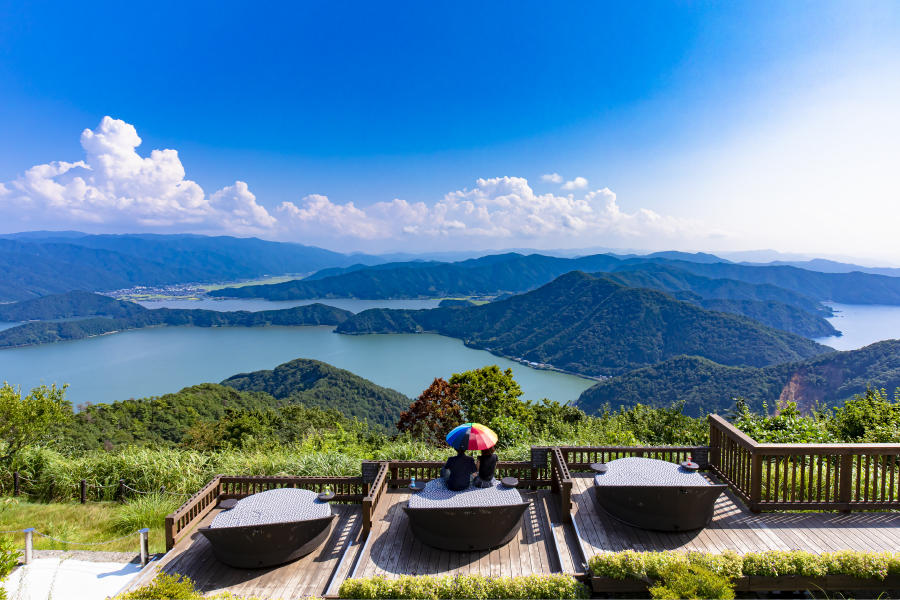
Soto Zen Daihonzan Eiheiji Temple
Zen master Dogen, founder of the Soto school of Zen Buddhism, built this temple as a Zen training hall in 1244. More than 70 buildings of varying sizes are arranged along the temple grounds, including seven halls, which are essential for Training. The Rurishobokaku Museum also has the National Treasure “Fukan Zazengi” (instructions for Zen meditation) as well as other valuable artifacts on display.
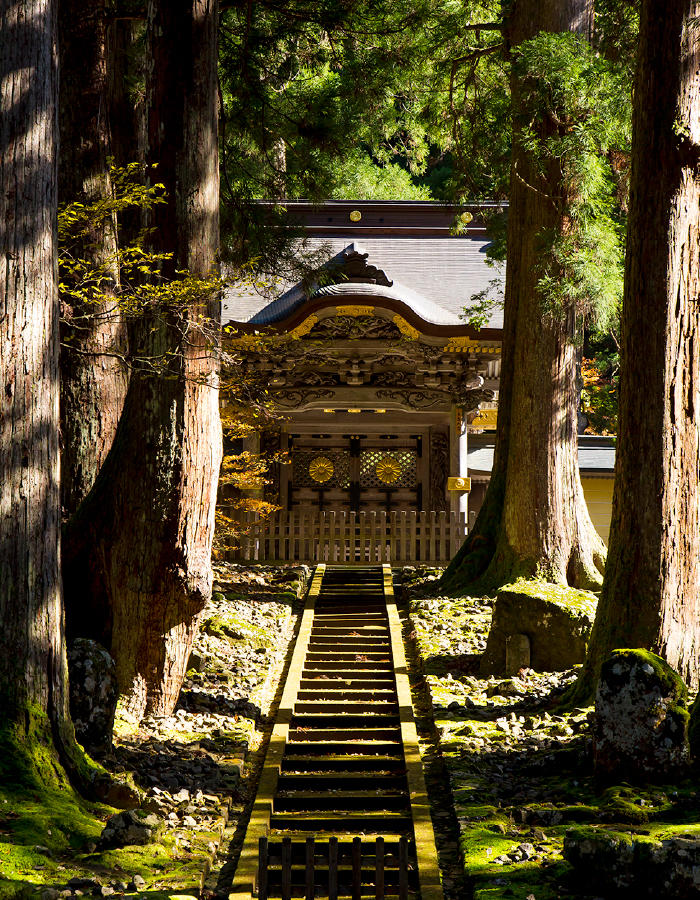
Recommended Tour Itinerary
【Day1】 SHIBUYA SCRAMBLE SQUARE → HIBIYA OKUROJI → Spo-Dori!
【Day2】 Haneda Airport → Komatsu Airport → Tojinbo cliffs
【Day3】 Heisenji Hakusan Shrine → Soto Zen Daihonzan Eiheiji Temple
【Day4】 Mikata Five Lakes Rainbow Line → Tsuruga Station → Tokyo Station
